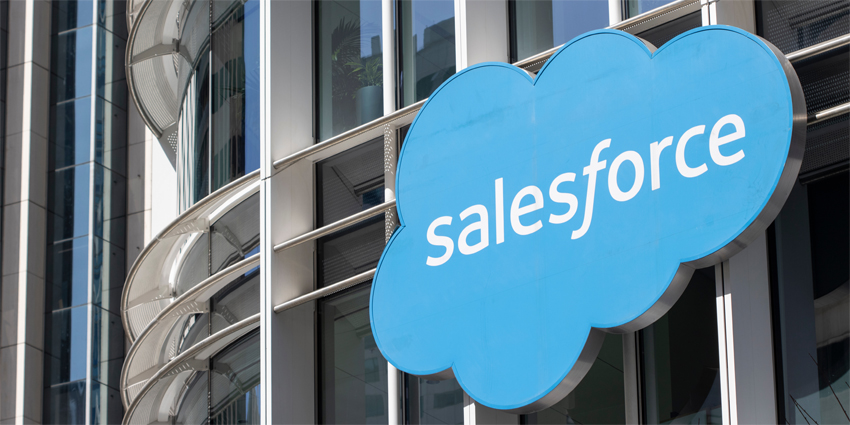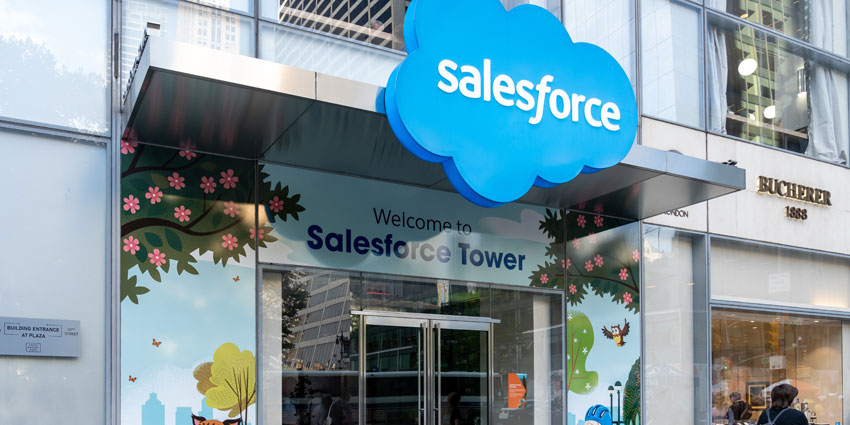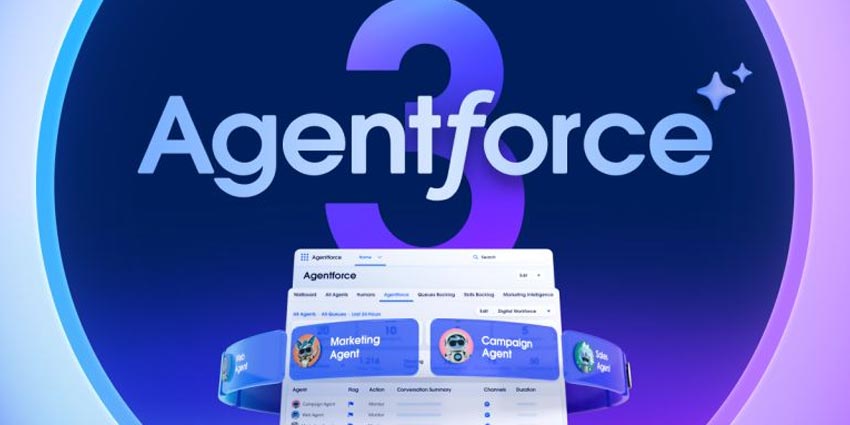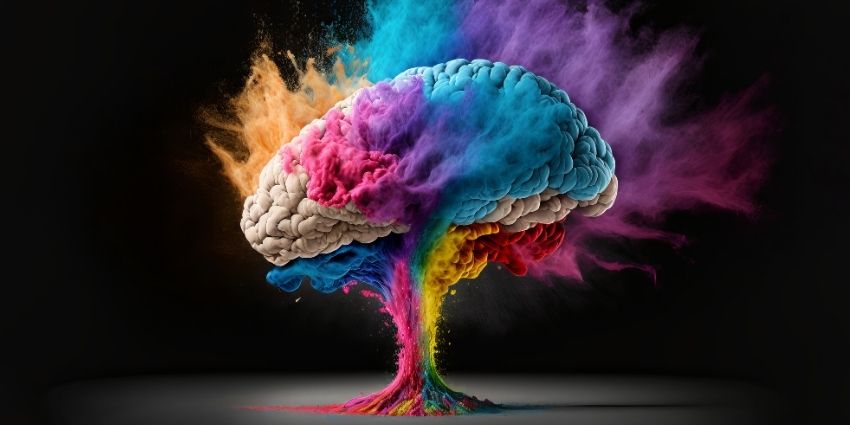The CRM market has become increasingly competitive, and those used within customer service environments are no exception.
Gartner refers to these as Customer Engagement Center (CEC) CRMs.
Reflecting on the crowded nature of the CEC space, the analyst highlights that the top 20 vendors have a combined market share of less than 70 percent.
As such, selecting the best-placed vendor is complex and will become even more so as smaller providers differentiate by targeting specific verticals or geographies.
Nevertheless, Gartner deep dives into some of the most prominent options available to its enterprise clients, pinpointing five market leaders.
The Definition of CRM Customer Engagement Center (CEC)
CX Today defines a CRM Customer Engagement Center as an offering that supports service experiences through managing cases, composing workflows, and sharing data.
Nowadays, these systems connect closely with sales and marketing CRMs, centralizing customer experience data, and pulling more relevant data in from the broader enterprise ecosystem.
Additionally, such solutions will enable digital conversations, automate those interactions, and derive insights from them as CECs swallow up the service stack.
Other common features pinpointed by Gartner include composable architectures, workforce engagement management (WEM) solutions, and collaboration tools (among others).
After sharing these common features, Gartner divided 12 prominent CEC vendors into four categories: Leaders, Challenges, Visionaries, and Niche Players. Here’s how they performed.
Gartner Magic Quadrant Leaders
Leaders in the Gartner Magic Quadrant balance a compelling vision, a “market-defining ability” to deliver on that vision, and “solid business results”. This year’s Leaders are:
- Salesforce
- Microsoft
- Oracle
- Pegasystems
- ServiceNow
Salesforce
Gartner spotlights “innovation pace and scale”, “extensive deployment resources”, and “industry-specific offering” as the three core strengths of Salesforce Sales Cloud.
To accelerate the innovation cycle, Salesforce finished rewriting its Customer 360 apps this year. Service Cloud is one such app and is now part of a unified CRM environment, enabling Salesforce to democratize innovation, put Data Cloud to work, and overlay Agentforce – its new AI Agent platform.
Yet, Gartner does fail to pinpoint two key Salesforce differentiators, perhaps due to its limiting “three strengths, three cautions” formula.
First is Salesforce’s expanded CCaaS integration program. The expansion will enable many contact center providers to embed their customer engagement channels within Service Cloud.
As such, organizations that have already gone live on particular channels with their CCaaS vendors may embed those experiences within the CRM. More significantly, however, this co-innovation offers customers choice and presents a vision for closer CRM-CCaaS integrations.
Second is the My Service Journey solution, which helps users understand all the available capabilities. That’s massive in helping service teams plan and achieve ROI without searching through release notes, webinars, online communities, etc.
While Gartner notes that Salesforce offers significant deployment resources, My Service Journey is a central cog that new customers shouldn’t overlook.
Microsoft
The core strengths of Microsoft Dynamics 365 Customer Service are “innovation pace”, “global scale”, and its “comprehensive customer service platform”, as per Gartner.
The latter came to the fore in 2024 with the introduction of Microsoft’s CCaaS platform: Dynamics 365 Customer Service. Indeed, the tech giant pledged to connect the CX ecosystem. That’s a powerful message for a CIO already managing everything on Azure.
Meanwhile, Microsoft promised to infuse generative AI (GenAI) across the service workflow. Gartner hints at this but misses something bigger.
Indeed, the analyst bypasses how Microsoft – alongside competitors Oracle, SAP, and Zoho – not only has all that CRM data but HR, finance, and supply chain data, too.
Such broad ecosystems connect service teams with the enterprise data they rely on. They also allow brands to go deeper on service automation, especially as agentic AI takes hold in the enterprise.
As a result, customer support teams may better understand and deal with more complex queries where the answers sit outside of the CRM.
Oracle
Oracle Fusion Service excels in its “high volume, high complexity focus”, “unified conversational workspace”, and “process automation innovation” – according to Gartner.
Take the latter. Oracle added an Automated Service Agent to its CEC, analyzing past service cases with AI, inferring the root causes, and creating action plans to address them.
Such innovation also demonstrates how Oracle – like Microsoft – benefits from its ecosystem and doubles down on it.
In doing so, Oracle prioritizes multi-platform customers and engages them in large-scale transformations. As such, it rarely chases business outside its install base.
Instead, Oracle innovates for existing customers. Consider its new quasi-CPaaS offering – the Enterprise Communications Platform (ECP) – that fixates on allowing them to build what’s needed, as opposed to leveraging what’s immediately available in its Fusion apps. That illuminates the “high complexity” focus Gartner spotlights.
Another eye-catching capability that may entice customers – which Gartner misses – is that Oracle doesn’t charge for AI. For Big Red, it’s just a feature embedded across its product, and there’s big value within that.
Pegasystems
Gartner underlines “GenAI-enabled workflow enhancements”, “large-enterprise fit”, and “depth and breadth of integrations” as Pega Customer Service’s leading strengths.
Its GenAI Coach is an excellent example of the former. It takes cross-system insights and puts them to work with workflow automation for enhanced insights and productivity gains.
Indeed, while Gartner likes to box companies into neat categories, Pegasystems blends CRM, business process management, and low-code application solutions. One doesn’t dominate.
All this feeds into its autonomous enterprise vision, which proved ahead of its time as agentic AI became a hot topic. After all, Pega understood the move towards an organization that understands more than customer and employee data but its internal processes, too.
As such, Pega is ahead of the curve in mining and self-healing back- and front-office flows that impact customers, employees, and partners.
ServiceNow
The report notes how ServiceNow Customer Service Management (CSM) stands apart with its “innovation pace and scale”, “market momentum”, and “industry-specific workflows”.
While it’s not the conventional CEC provider, Gartner is correct in asserting ServiceNow has momentum. Indeed, Bill McDermott, CEO of ServiceNow, shared how it’s “growing faster than markets, especially the customer service management market,” during its Q3 2024 earnings call.
Why? Because ServiceNow is massively attractive to the IT buyer, who – now AI is all the rage – is increasingly calling the shots. While Gartner doesn’t note this, that’s a CX-wide trend facilitating the vendor’s growth.
Of course, that’s because ServiceNow is an ITSM leader. However, IT will also sense the opportunity to complete workflows that go beyond what most consider “CRM” today, take them into back office systems, and drive enterprise efficiencies. ServiceNow is a prime candidate for developing such strategies thanks to its workflow automation expertise.
Lastly, like Salesforce, ServiceNow is also doing an excellent job of broadening its relationships and co-innovating with prominent CCaaS providers like Genesys, Five9, and Zoom. Again, that’s significant in supporting a more connected contact center operation.
Gartner Magic Quadrant Challengers
Challengers in the Gartner Magic Quadrant demonstrate a healthy install base, geographical footprint, and current knowledge of their customers’ needs. However, they may trail Leaders in their ability to win new business or capitalize on emerging trends. This year’s Challengers are:
- There are no Challengers in the 2024 Gartner Magic Quadrant for CEC.
Gartner Magic Quadrant Visionaries
Visionaries in the Gartner Magic Quadrant present innovative solutions, anticipate rising trends, and influence the market’s direction. Nevertheless, they may lag Leaders in their global recognition or track record for execution. This year’s Challengers are:
- Zendesk
- eGain
Zendesk
The Zendesk Suite earns plaudits from Gartner for its “overall usability”, “innovation”, and “robust core functionality”.
Its fully-formed WEM suite exemplifies the latter, including forecasting, scheduling, intraday management, quality assurance, coaching, and gamification solutions.
While most competitors rely on a standalone vendor or a CCaaS provider to deliver this functionality, Zendesk may help contact center customers converge their service stack.
Gartner also highlights several AI use cases as examples of its innovation. Yet, its creative pricing plan is perhaps the best example, blending various pricing models – such as outcome-, usage-, and seat-based – to drive greater cost flexibility.
It’s also a crucial move for more CEC vendors as agent seats may soon drop as AI & automation take a greater hold of customer service. As such, many competitors may soon slice their own profits.
So, why is Zendesk not a Leader? For Gartner, its “contract renewals” process and “larger enterprise support” are two significant blockers.
eGain
Gartner underscores “AI-led innovation pace”, “composability”, and “knowledge management” as the eGain Customer Engagement Suite’s core strengths.
The latter comes as little surprise, given eGain’s heritage in creating contact center knowledge base solutions. In 2024, it added to its Knowledge Hub with solutions to automatically capture, craft, and create knowledge articles.
These knowledge articles then power a GenAI-fuelled, customer-facing virtual agent, which – thanks to the ongoing knowledge creation cycle – continuously improves and automates more conversations. Brands may also bring their own bot, leveraging a third-party provider.
Such a cycle exemplifies eGain’s vision. Yet, Gartner cautions about the vendor’s limited market presence and customizability.
Gartner Magic Quadrant Niche Players
Niche Players in the Gartner Magic Quadrant have established themselves as prominent CEC providers, often performing well across specific industries or geographies. Yet, Gartner suggests they “exhibit weaknesses in one or more important areas” and haven’t kept pace with market demands. This year’s Niche Players are:
- SAP
- Freshworks
- Creatio
- Zoho
- HubSpot
SAP
SAP Service Cloud differentiates through its “modular architecture”, “GenAI-based productivity tooling”, and “industry-vertical strategy”.
The modular architecture is innovative, allowing in-app customizations and extensibility, which are crucial components for its enterprise customers.
Many of these will invest in SAP’s broader enterprise ecosystem, which – as with Microsoft and Oracle – offers considerable potential for SAP’s CX applications, like Service Cloud.
For instance, consider Joule and the vendor’s Knowledge Graph, which grounds SAP’s copilot in enterprise-wide SAP data. That helps funnel insight to customer-facing teams and enables CX leaders to spot emerging issues before they become more significant.
Such capabilities are much more differentiative than the summarization and email drafting use cases for Joule in Service Cloud that Gartner pinpoints.
Freshworks
Gartner highlights “easy try and buy”, “SMB and midmarket focus”, and “time to value” as the cornerstone strengths of Freshworks for CX.
That “easy” mantra extends across the Freshworks ecosystem, most recently in the launch of its “uncomplicated” AI Agent: Freddy. It’s also evident in its free trials and simple licensing model.
These costing options enable that time to value Gartner pinpoints, while the easy nature of the platform allows brands to deploy the solution “without vendor assistance”.
Ultimately, Freshworks primarily trails in its customer experience, per the analysts, with clients noting “ongoing challenges and dissatisfaction” with the responsiveness of support teams.
Creatio
Service Creatio earns commendation from Gartner for its “modular architecture”, “workflow automation”, and “industry-specific offerings”.
That architecture allows customers to build hybrid applications that fit specific industry and business needs, with no-code building blocks to support the process.
Creatio then complements that with a pricing model that – while it may seem a little confusing – significantly lowers the price of entry. That’s a big plus Gartner skips.
“AI maturity” is a caution that Gartner identifies, with some white-labeled features in the mix. Yet, Creatio does stand out for its composability, allowing service teams to orchestrate new service experiences without significant IT resources.
Zoho
Gartner credits Zoho Desk for its “pricing and value”, “ease of implementation”, and “field service capabilities”.
Indeed, the product is available at a lower price point than the other vendors evaluated – according to Gartner.
For the analyst, this supports its portrayal of Zoho as “best fit” for smaller companies, and – while that’s its heritage – it’s becoming an outdated perception.
After all, Zoho is a company going upmarket, securing global, multi-million dollar deployments.
Moreover, it doesn’t only do CRM; it does HCM, finance, supply chain… it even came out with a payroll solution in the US. All this on one platform ensures new visibility, which is massive in the future of AI-led service delivery.
However, Gartner does isolate Zoho Desk’s lack of industry-specific accelerators and add-on products, which may hinder its march upmarket.
HubSpot
HubSpot Service Hub wins plaudits for its “pricing and license model”, “data aggregation”, and “SMB and market fit” in the report.
The former comes as HubSpot introduced “Core” and “View-Only” seat options, with the latter allowing new users visibility of CRM data for free – democratizing service insights.
Yet, most notably, HubSpot has transitioned successfully from its marketing origins into a full-suite CRM. It is now thinking much more about tying its hubs together to generate new efficiencies and innovation. That’s its “Smart CRM” playbook.
Consider its recent acquisition of Frame AI. While that may appear more sales-orientated, the conversational intelligence solution will help HubSpot spread new customer insight across the business and aid customers’ proactive and predictive service delivery.
However, Gartner still pokes holes in Service Hub’s base functionality while noting that customers “should anticipate customization challenges.”
What Has Changed Since 2023?
ServiceNow has raced into the Leader quadrant, placing as a Challenger in last year’s edition.
Yet, that’s the only significant change regarding vendors returning to the evaluation.
Meanwhile, two names have dropped off. Appian and SugarCRM no longer feature, with Gartner citing – somewhat questionably – that they “do not pursue the CRM customer engagement center market.” Last year, these vendors secured Niche Player status.
In 2024, Creatio and HubSpot stepped in to fill the void within the same quadrant.
Yet, while the Gartner Magic Quadrant remains mostly stationary, enterprise technology doesn’t.
As such, it’s perhaps time for Gartner to evolve these reports and more closely consider the CRM platform’s role within the enterprise and the significance of its surrounding ecosystem.
After all, the target audience for these studies is its enterprise customers. Increasingly, these brands want to compile their service, sales, and marketing data.
As such, Gartner may wish to unify its reports for sales force, marketing automation, and CEC platforms or – at the very least – factor ecosystem further into its evaluation criteria.
Discover more CX Today rundowns of other Gartner Magic Quadrant reports below:
- Gartner Magic Quadrant for Contact Center as a Service (CCaaS) 2024
- Gartner Magic Quadrant for Sales Force Automation (SFA) Platforms 2024
- Gartner Magic Quadrant for Voice of the Customer (VoC) Platforms 2024







